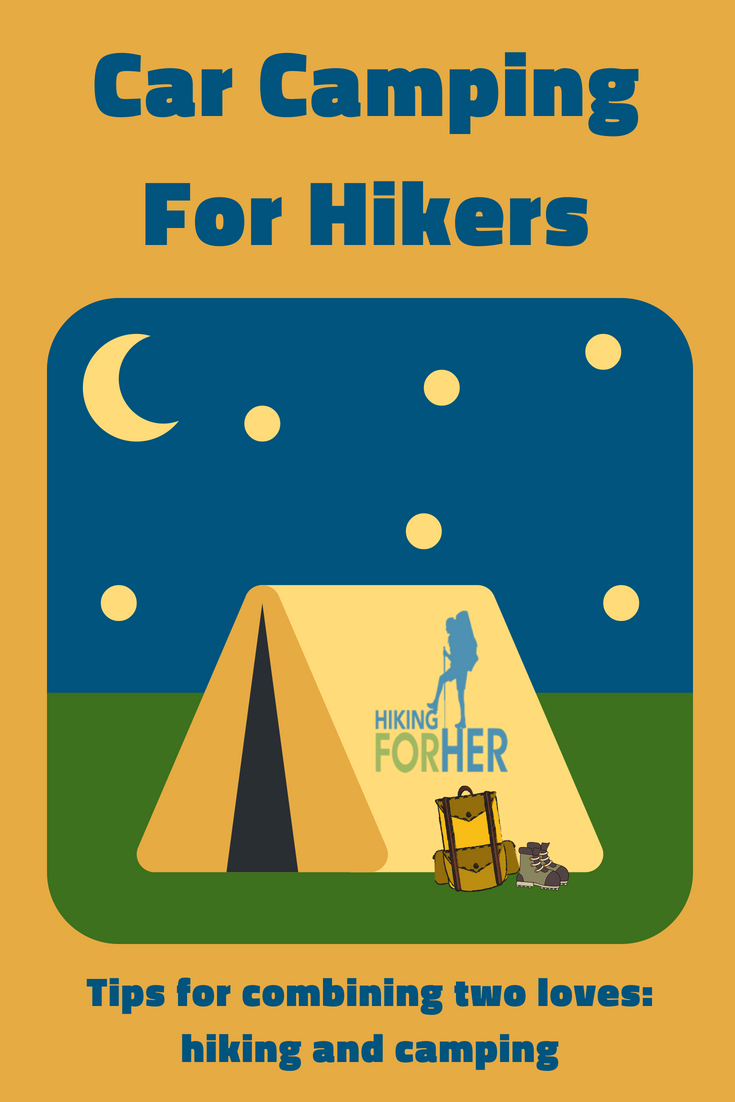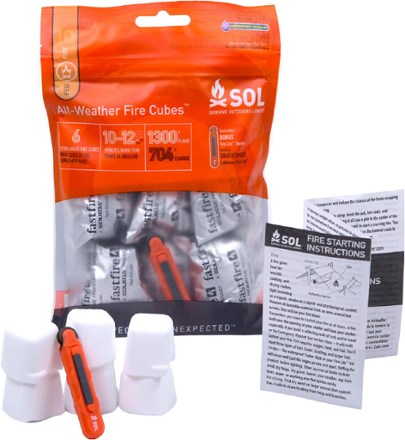
Car Camping For Hikers:
Everything You Need
By Diane Spicer
Car camping for hikers makes sense when you want to maximize your trail time, cut down on transportation costs, and tap out an interesting hiking area over several days.
- Driving to and from a trail head takes time, so if you camp nearby, you can arrive there early to beat the heat - or get a jump on hordes of other hikers.
Car camping for hikers also makes sense on a vacation which targets several hiking areas within a short period of time and one general location.
You might also want to car camp in the fall or spring, when the trail conditions aren't great but you want to try them anyway.
One more reason to car camp: this approach to hiking eliminates the hassle of wasting time on the road, yet gives you flexibility if you want to try different trailheads.
And the biggest reason of all: car camping provides some of the comforts of home, if you plan things right.
These tips will streamline the process of car camping for hikers who want to get away from it all, using an established campground as base camp.
Car camping for hikers:
best organization tips before you leave
Your decision to use car camping as a base camp approach to day hiking is a smart one.
But it won't feel so smart if you leave something critical behind, like the stove or water containers.
Let's take no chances!
- Use my modular approach to car camping adventures as a guide to getting yourself ready to meld two universes: camping, and hiking.
Car camping for hikers: camping gear you need
You want all the comforts of home - without having to hire an extra van to haul your stuff.
So you'll have to plan for comfort, along with safety, in a minimalist fashion.
These planning tips for smart car camping will also minimize your chore list and leave you plenty of time for knocking off those day hikes on your bucket list.
Then relaxing in style each evening!
Here's what we'll cover in this guide to car camping for hikers:
Your camp kitchen: use a kitchen box
Let's start with what's really important for a great car camping trip:
- your food storage and preparation.
You know those deep plastic containers with sturdy locking lids?
Get one.
Then fill it with all of the things you will be reaching for when it's time to put a meal on the picnic table at your campsite.
When you get home, clean up everything and store it, ready to go on a moment's notice, next time the car camping for hikers urge strikes.
Car camping tip:
You will open and close this box innumerable times, so choose your lid wisely.
- A lid which clicks tight with just a little pressure is going to save you some headaches, such as chipmunk raids on the potato chips, or spilled sticky stuff in the car.
Here's the 35 gallon Rubbermaid type I use, and I must say it has held up well for nearly double digit years of use.
Plus, it slides nicely into the back of the car, or into the gear locker during the off season, due to its streamlined design.

Your kitchen box checklist
I just did an inventory of mine, so I wouldn't forget anything on this list of recommended camp kitchen items.
- Free pdf version for your convenience! (coming soon)
Now, let's look at car camping for hikers safe food storage options.
Food storage while car camping: non-perishable items
Your destination determines your food storage options.
If you're in a campground which provides animal proof storage containers or lockers, please use them!
- A fed animal? A dead animal.
- Or an aggressive, aggravating nuisance.
Of course, your car can become your food storage unit.
But if you need your car to travel a few miles to a trail head, and your food is left behind so it doesn't fry inside a locked car in direct sunlight, you'll have to think through how to keep it out of the clutches mouths of the neighbors.
If rodents are your most formidable enemy, a second storage container like your kitchen box will keep your non-perishable food locked down tight.
- The worst that could happen? Mouse poop on the top, signifying the disdain of the locals.
If bears are known to inhabit the area and you need your own storage method (these are not usually provided at primitive campgrounds), a bear canister is less hassle than hanging your food from a tree.
- Read about bear canisters.
Perishable food storage options
Your perishable items will need a cooler containing an ice block or bags of ice.
And only you can determine which size you need, anywhere from 30 quarts to over 60 quarts of capacity.
- Gotta love the quaint "quarts", right?
- Seems that we're stuck with it in the U.S., although backpacks use "liters" for capacity. Go figure.
With coolers, you can go a little crazy, or stick to your minimalist principles.
You can also choose soft sided, or hard sided coolers.
I'm going to put in a plug for hard sided options, for these reasons:
- Doubles as a seat or table around the campfire
- Can be left out in the rain, or stowed under the picnic table, and wiped down easily
- Can be dragged around and takes a lot of abuse
Downsides of a hard sided cooler?
- They take up the same amount of space empty or full, although one could argue that storage space for dirty clothes and muddy gear on the way home could be useful.
Car camping tip:
As with your kitchen box, choose the lid wisely.
- A tightly fitted lid that locks down will keep your ice from melting quickly.
- A lid that's a snap to get open and shut will save your coolness inside the cooler.
No surprise that a cooler with a well designed, tight lid will cost more than the cheapo Styrofoam tub at the dollar store.
Think of buying a good cooler as a long term investment in your car camping success!
 |
Minimalist cooler choice for 24 hours or so of coldness, from a trusted name in camping gear: Coleman |
If you know that car camping for hikers is the path for you, now and well into the future, invest in a cooler that will hang in there with you over the years to come without fail.
YETI coolers are known for many things
YETI has figured out how to put together 3 important features in a hard sided cooler:
- Lightweight construction for durability and to lighten the load when you have to move the cooler from vehicle to campsite
- Long lasting cooling power, with users raving over the days (not hours) their food stayed cold
- Also protects food in freezing temperatures, so if you plan to do winter camping, this cooler will keep your chicken or tofu from becoming ice pops
The down side?
- You have to pay for what you get, and you might balk at the price tag on a YETI.
- I know I did!
Again, as with all well made, durable gear pitched at car camping for hikers, remind yourself that you're in this camping thing for the long haul.
- You can also press this cooler into service during a power outage or natural disaster, to keep food and medicine from spoiling until electricity becomes available again.

|
User friendly features:
|
Car camping for hikers: cooking your camp meals
I'm a huge fan of Coleman, and my camping gear from them has lasted for years and years.
The Coleman stoves are easy to set up, easy to use, and pack down small enough to perch atop the food cooler in the car.
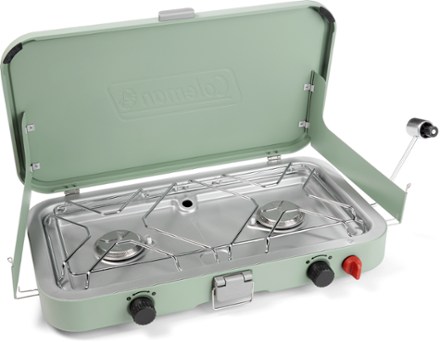
This updated Coleman Cascade 2-burner stove is similar to my older model.
Note these admirable features in a camp stove:
- Excellent control of burner heat
- Two burners so you can do two big tasks at once: use a 12 inch frying pan while you're boiling water for pasta in a 10 inch pot
- Helpful wind screens
- Removable grates for easy clean up
Wondering how to wash dishes & what cooking gear you'll need to whip up a meal?
You can adapt some of my backpacking kitchen ideas, available here.
And don't forget to bring sturdy clothing to stand up to all of the campsite chores you'll be doing. Read my review of REI Co-op's Campwell clothing.
Water transport & storage at your campsite:
an important decision in car camping for hikers
Staying with our modular approach, take a look at this 5 gallon (20L) "water cube".
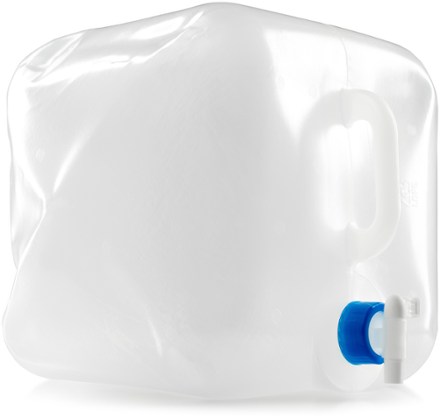
|
|
These water containers have the benefit of a small footprint for storage at home and during transport, while expanding to show you exactly the volume you're after.
Opaque, hard sided water containers won't do that for you.
These cubes collapse down with a few gentle pushes, and fit easily within a durable flat bottom tote bag, like this 25L one from Patagonia (a name associated with sustainability):
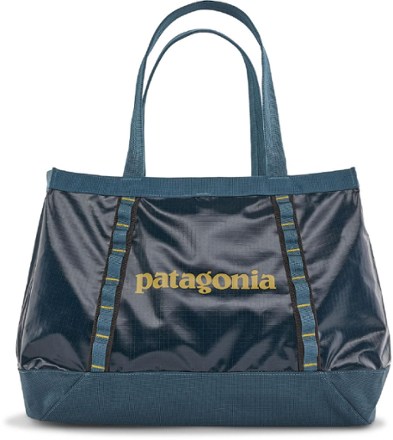
Illumination options while car camping
The thing that always catches me by surprise is how luxurious life at home is: flip a switch for instant light.
So another thing that you should pack in your tote bag: illumination options.
As night falls around your campsite, you'll need to:
- light the path you travel to and from the bathroom
- illuminate your table or chair if you're playing cards, writing in your journal, or making lunch for the next day
- find stuff quickly in your dark car or tent
Wandering away from your campsite in the dark
If you've got a headlamp, be sure you have enough juice in the batteries to last for all of the trips to and from the car, to and from the bathroom, etc.
- Recommendations for best headlamps here
Having your illumination on your head makes for easy hands free dexterity.
Just be sure to realize that wherever you look, you're blinding any oncoming traffic!
A flashlight can be useful not only while camping, but at home, too.
Campsite illumination
Nightfall is a magical event in car camping for hikers.
And there's something so cozy about a lantern sitting on a stump or picnic table when darkness falls.
I love my vintage Coleman lantern!
This newer (but still solid Coleman design) Coleman Powerhouse Lantern can use 2 types of fuel, giving you some flexibility when on the road.
- It doesn't use fuel bottles that have to be disposed of properly.
- No more guess work about whether/not there's enough fuel in any one bottle for a trip (one of my pet peeves).

It throws plenty of light for at least a 10 foot radius, making it possible to do close work.
- You can put it on a pole for a softer, wider circle of light, thanks to its wire handle.
Comfortable seating at your campsite while car camping
Your days will be spent hiking, which means you'll come back to home, sweet home with achy legs and a tired back.
Pull up a soft rock and take your boots off!
Or use a collapsible chair, like this one:
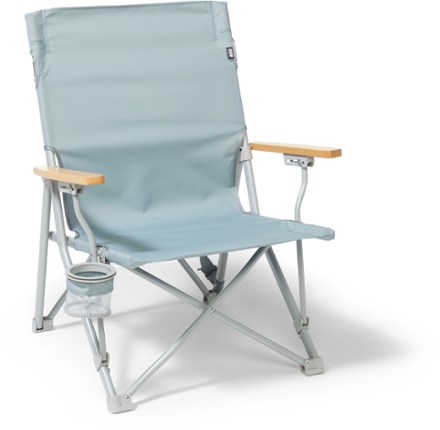
This chair folds up small and slides into its cylindrical carrying case, so you don't have to devote a lot of room to it in the car.
Or on the camping gear storage shelf back home.
Have a backpacking chair?
No reason it can't come along on your camping trip!
Read about good backpacking chair choices here.
Shelter from the storm
With a campsite as your base of operations, you can have a more luxurious tent than you would haul along on a backpacking trip.
That's the good news.
The bad news: you will pay for the luxury of more head and leg room, larger doors for easy access, more protection from rain.
And you'll pay in three ways:
- Higher price point
- Heavier footprint
- Longer set up time
You can do what I do, and bring along your roomiest but still lightweight backpacking tent, an MSR two-person tent with rain fly and footprint:
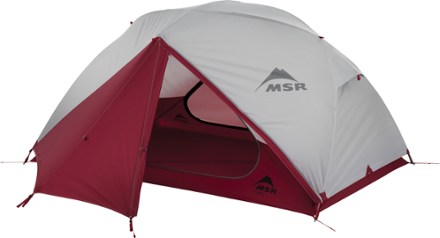
The double doors make it easy for one person to slip out for a midnight trip to the bathroom without disturbing the other camper.
The rain fly (not shown) provides a vestibule, so taking off dirty, soggy footwear is not the chore it would be inside the tent.
- More nice features on MSR tents are explained in my MSR Hubba Hubba tent review
Or you can invest in a larger tent, if your camping party exceeds two minimalist people or includes a rambunctious dog or three.
This REI Co-op Wonderland tent has some nice features for car camping like plenty of head room:
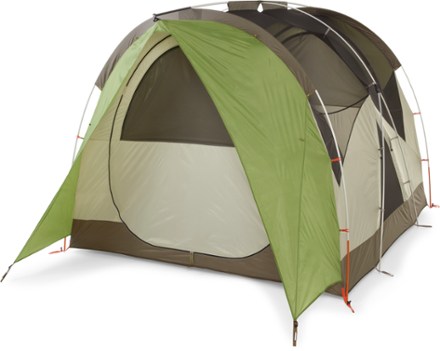
If you're looking for a really sturdy tent that can stand up against rain and wind, provides a lot of internal space, yet is easy to set up with color coded clips and poles, take a look at this tent.
Camp fire supplies & safety tips
Something very amazing happens when I sit in front of a crackly campfire after a long day on the trail: peace and tranquility wash over my tired body.
And it's a privilege I don't get to have while backpacking, so I savor my campfire moments.
So take this heartfelt car camping advice:
- Plan to make a fire at your campsite.
To make it easy to get one started, as well as to put it out safely, you'll need to tote along some supplies (so perhaps 2 rugged tote bags are in order).
Load up on fire starters like paper, wood chips, or dry tinder like pine cones or grass.
Car camping for hikers tip:
A lighter is much more reliable than matches in windy weather, and has the advantage of not getting soggy in wet weather.
- Keep it in a small pouch in your fire starter tote, or risk losing it completely (which can put the kibosh on a fun camping trip, or make it a necessity to meet the folks at the next campsite).
Important car camping for hikers safety habit:
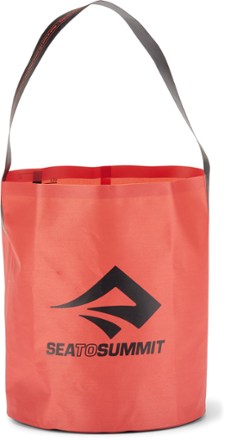
|
Dedicate a bucket or other water receptacle to sit by the fire, in case a gust of wind or popping sparks causes your fire to get too big or to spread outside the designated fire ring. |
This foldable Sea to Summit Bucket (10L) can double as a kitchen sink, a hair and hand washing station, a hamper inside the tent for dirty clothing, or a berry picking bucket (should you wander into enough ripe huckleberries to fill it up).
Car camping for hikers: don't forget some of this fun stuff
So what good would a car camping for hikers list be, without some fun stuff?
Here are a few of the things I pack just because I love to use them while I'm camping.
- They make the campsite feel like home!
Strings of light
Create the illusion of fairyland with these MPOWERD Luci Solar String Lights + Charger.
Or light the exterior of the tent for up to 20 hours so no one trips over the stakes.
Or highlight the pathway between tent and picnic table, with these 10 LED lights on eighteen feet of cord.
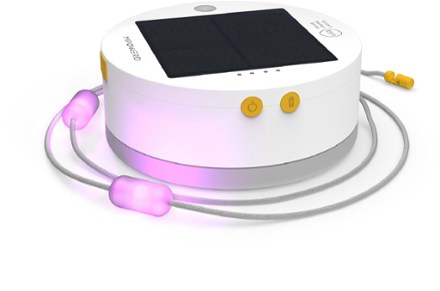
Tarp for shelter from changing weather conditions or intense sunlight

This REI Co-op tarp can be pitched over your picnic table and kitchen set up, to keep the raindrops or UV rays from running down your neck while you're brewing your morning coffee.
If you purchase the optional adjustable tarp pole, you'll keep your line of sight clear, too.
Sleeping pad worthy of a princess
Car camping for hikers: what did I forget?
Hopefully you'll never have to utter that sentence at a campsite, if you've used these tips for car camping.
But maybe I've overlooked a tip or trick that you'd love to share here on this page!
Contact me and let's make this car camping for hikers resource list as good as it can be!
Or maybe you're ready to head out there and claim a campsite for your day hiking adventure! Don't go hungry, though.
Home page > Best Hiking Tips >
Car Camping For Hikers: Best Tips
Some of the links on this page and elsewhere on the Hiking For Her website point to affiliates, meaning you get great product recommendations for your purchases.
HFH will receive a small (single digit) percentage of your purchase price, but it costs you nothing extra to enjoy these great products from reputable companies.
Thanks for your support!
|
I get emails all the time about what I wear, eat, carry and love to use on the trail. That's
why I provide affiliate links to you: the best gear that I use myself and have seen used by other hikers is instantly
available for your consideration, and the gear company sends a few
pennies per dollar to this reader-supported hiking website. There is no added cost to you! Everyone ends up a winner: Great gear for you, strong gear companies, and more free hiking tips for everyone. Thanks very much for your support. It's warmly and sincerely appreciated. It also helps send these hiking tips to all your virtual trail buddies around the globe. |
 |
